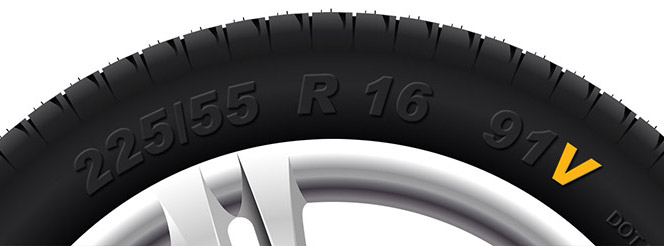Everything You Need to Know About Car Shocks
Published on: Monday, 03 June 2024 | Author: Jack Dreyer
Ever wondered why you’re able to keep your vehicle stable when driving over a pothole or a rough road surface? Luckily, our vehicles are installed with a handy device to ensure they remain stable, and we remain safe, when facing these types of road conditions. This important device is a shock absorber.
If you’ve never heard of a shock absorber or you don’t understand what it does - that’s ok. We’ve got you covered.
In this blog, we’ll run through what a shock absorber is, how it works and the key signs you need to be aware of if it’s worn or damaged. Let’s dive in.
What is a shock absorber?
A shock absorber is a device located within the suspension system of your vehicle that reduces the effects of travelling over different road surfaces. The suspension system encompasses springs, shock absorbers, struts, linkages and suspension rods - everything that connects the wheels to the vehicle.
The shock absorber is mounted between the vehicle’s body and the wheel. There are several different types of shock absorbers that each have their own specification. For example, a heavy-duty shock absorber is designed for vehicles that carry heavy loads or travel on rough road surfaces.
It’s important to regularly check the condition of your suspension system and shock absorbers because, if worn or damaged, it can impact your stopping distance, stability and handling of the car.
What do shock absorbers do?
Shock absorbers are responsible for controlling the movement of suspension springs, ensuring your journey is a smooth and comfortable one.
How do they do this? They mitigate shocks and vibrations encountered on the road - this could be potholes or any type of rough road surface. Without shock absorbers, your vehicle would experience excessive bouncing, significantly impairing the handling and comfort for you and your passengers.
The shock absorbers act as dampers, restricting the springs from expanding and compressing too rapidly, which helps to control the energy generated from impacts with road surface issues like potholes. They also ensure your tyres stay firmly on the road, improving the stability of your vehicle and providing a safer ride.
What are the signs that your shock absorbers need replacing?
If your shock absorbers are worn or damaged, you may start to notice some changes when driving your vehicle.
Let’s take a look at the most common signs of wear or damage.
Unusual sounds
If your shock absorbers are worn or damaged, you may start to hear unusual sounds, such as knocking or squeaking. These will normally occur when driving your vehicle over speed bumps and uneven surfaces.
Increased stopping distance
If your shock absorbers and suspension system are worn and not performing optimally, this will impact the handling of your car and have a negative effect on your stopping distance. An increased stopping distance can be a serious health and safety concern when driving, as there’s more risk of a hazard or accident occurring.
Uneven tyre wear
When your shock absorbers are worn or damaged, your vehicle will bounce more when travelling over uneven road surfaces, which will increase the wear and tear of your tyres. You may find you have to replace your tyres more often if your shock absorbers are not maintained properly.
If any of these signs start occurring, it’s important to get your shock absorbers checked as soon as possible in case they need repairing or replacing. This will keep your vehicle performing optimally and, most importantly, keep you and other road users safe.
Contact the experts
You should now have a better understanding of what shock absorbers are, how they work and the signs of wear and tear to be aware of.
Concerned about your own shock absorbers? If you’re starting to notice some signs of wear or damage, visit our experts at your local Tyre Pros centre for a free car suspension check.
In the meantime, keep up to date with the latest motoring, brakes, and tyres guidance on our Advice Hub or contact us with any questions.




